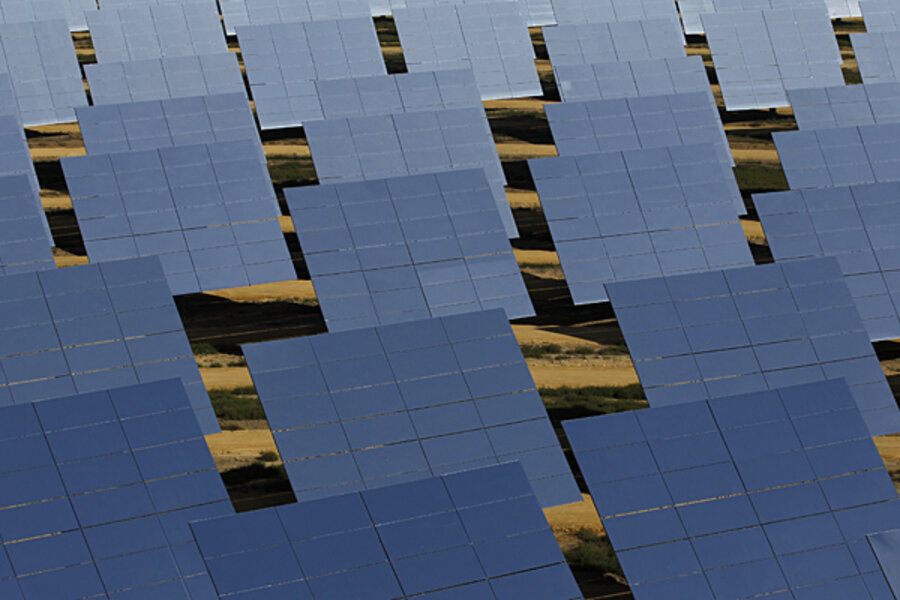Will tiny nanowires double the power of solar cells?
Bandgap Engineering, a startup from Woburn, Massachusetts, hopes that its method of using nanowires to create solar cells will enable it to eventually double the amount of power generated.
The nanowires, which can be created using existing technologies, increase the amount of light the solar cells can absorb, and therefore can increase the amount of energy absorbed and electricity produced. (Related Article: Iran Threatens Oil Spill in Persian Gulf)
Increasing the efficiency of the cell allows manufacturers to reduce the thickness of the wafers of silicon, one of the largest costs involved in creating a solar cell; it also reduces the installation costs because fewer cells need to be installed to achieve the same power generation capacity.
Richard Chleboski, CEO of Bandgap said that the long term goal is to double the power generation of the cell, but already the technology allows them to create cells that convert 20% of the solar energy into electricity at a cost of just $1 per watt to produce and install; this compares with 15% which is the average efficiency of modern solar cells, at a cost of a few dollars per watt.
The technology works because the nanowires refract the light in such a way that it is not reflected, nor does it pass straight through the cell; instead it bounces around inside the solar cell, vastly increasing the chance that it will be absorbed. (Related Article: The Art of Solar War)
Bandgap believe that if the nanowires can be formed in such a way so that their atoms line up along certain planes, then their structures could change the electronic nature of the silicon, allowing the solar cells to generate electricity from low energy light, normally impossible.
This goal is still a long way off as the technology required to provide such precise control over the millions of nanowires is still many years away. But theoretically the process could create solar cells that have a 60% efficiency, although Brandgap have set their sights on a much more modest 38%.
Source: http://oilprice.com/Latest-Energy-News/World-News/Doubling-the-Efficiency-of-Solar-Cells-by-Using-Nanowires.html






